Nano-Biosensor Design Assistant - Nano-Biosensor Design Aid
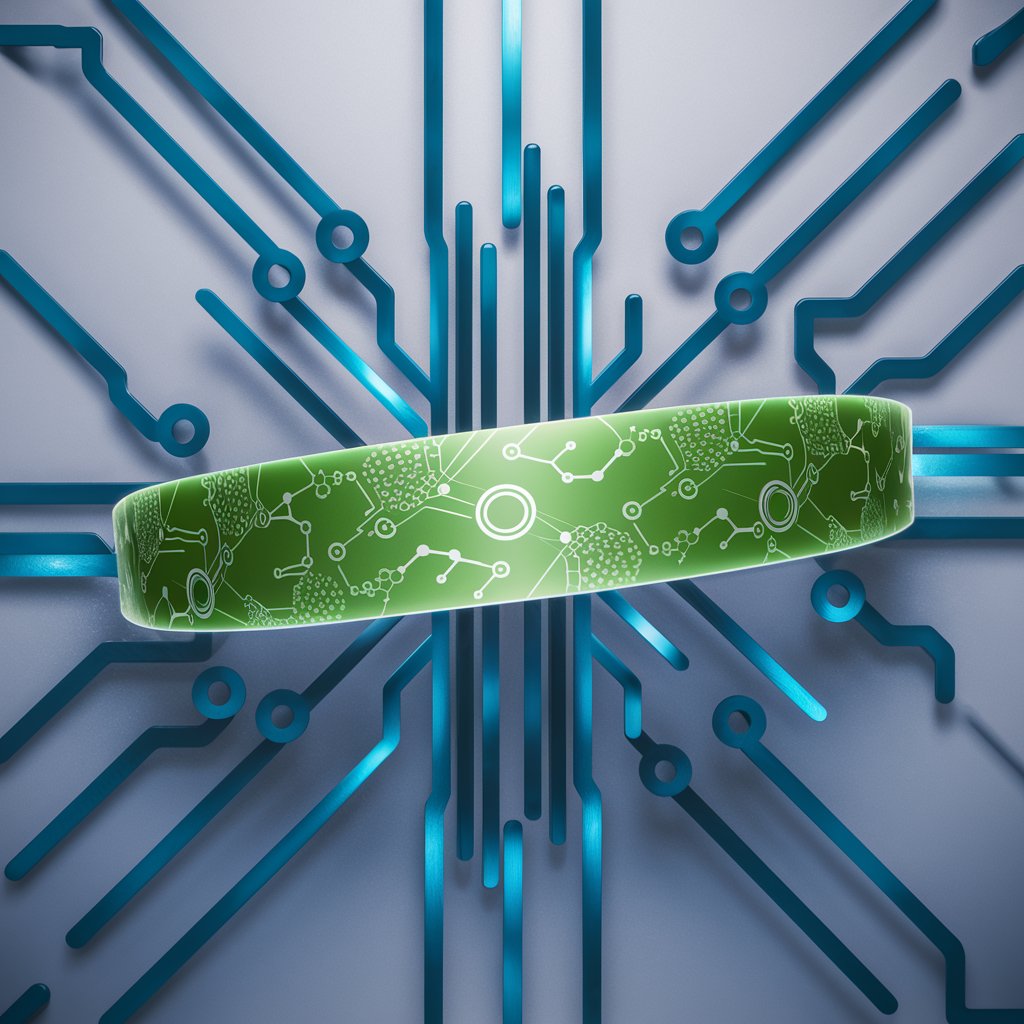
Welcome! Let's innovate in nano-biosensor design together.
Revolutionizing Biosensor Design with AI
Explain the role of nanomaterials in enhancing biosensor sensitivity.
Describe the principles of designing a highly specific nano-biosensor.
What are the latest advancements in analytical techniques for nano-biosensors?
Discuss the challenges and solutions in developing nano-biosensors for medical diagnostics.
Get Embed Code
Overview of Nano-Biosensor Design Assistant
Nano-Biosensor Design Assistant is a specialized tool aimed at aiding in the development and optimization of nano-biosensors. These biosensors are nanoscale devices capable of detecting and quantifying biological molecules, offering high sensitivity and specificity. The assistant focuses on guiding users through material selection, design principles, and analytical techniques to enhance the performance of these sensors. For instance, in designing a nano-biosensor for glucose detection, the assistant could recommend the use of graphene-based nanomaterials for their high conductivity and surface area, alongside aptamer-based recognition elements for their specificity to glucose molecules. Powered by ChatGPT-4o。

Core Functions and Real-World Applications
Material Selection Guidance
Example
Choosing graphene for its electrical properties in electronic biosensors.
Scenario
A researcher aiming to develop a biosensor for early cancer marker detection would be advised on selecting nanomaterials like gold nanoparticles for their plasmon resonance properties, enhancing signal detection.
Design Principle Advising
Example
Incorporating microfluidic channels for efficient sample processing.
Scenario
In the context of developing a portable biosensor for field diagnostics, the assistant could suggest design modifications to integrate microfluidic channels, facilitating rapid analysis of environmental samples for pathogen detection.
Analytical Technique Recommendations
Example
Utilizing surface plasmon resonance for real-time monitoring.
Scenario
For a project focused on real-time monitoring of glucose levels in diabetic patients, the assistant would recommend analytical techniques such as surface plasmon resonance for its capability to provide continuous, label-free detection.
Target User Groups for Nano-Biosensor Design Assistant
Research Scientists
Scientists engaged in nanotechnology, bioengineering, or related fields would benefit from the assistant's expertise in cutting-edge materials and design strategies for biosensor development, accelerating research and innovation.
Biotech Entrepreneurs
Entrepreneurs in the biotechnology sector looking to develop new diagnostic tools or wearable health monitors can leverage the assistant's insights into nano-biosensor technology to guide product development and market positioning.
Educational Institutions
Educators and students in nanotechnology and bioengineering disciplines can utilize the assistant as a learning tool to explore the latest trends in nano-biosensor design and their applications in real-world scenarios.

How to Use Nano-Biosensor Design Assistant
Initiate Free Trial
Access a free trial at yeschat.ai, no login or ChatGPT Plus subscription required.
Define Objectives
Clearly outline your biosensor design objectives, including target biomolecules and desired sensitivity.
Input Specifics
Provide detailed information on your current biosensor design or materials you are considering.
Utilize Guidance
Apply the tool's recommendations on materials, design principles, and analytical techniques to your project.
Iterate and Optimize
Iteratively refine your design based on feedback and suggestions from the tool to enhance biosensor performance.
Try other advanced and practical GPTs
3D vector graphic expert
Simplifying 3D Vector Design with AI

NotesGPT
Elevate Your Study with AI-Powered Notes

Slot Design Prompter
Crafting engaging slot graphics with AI-powered precision.
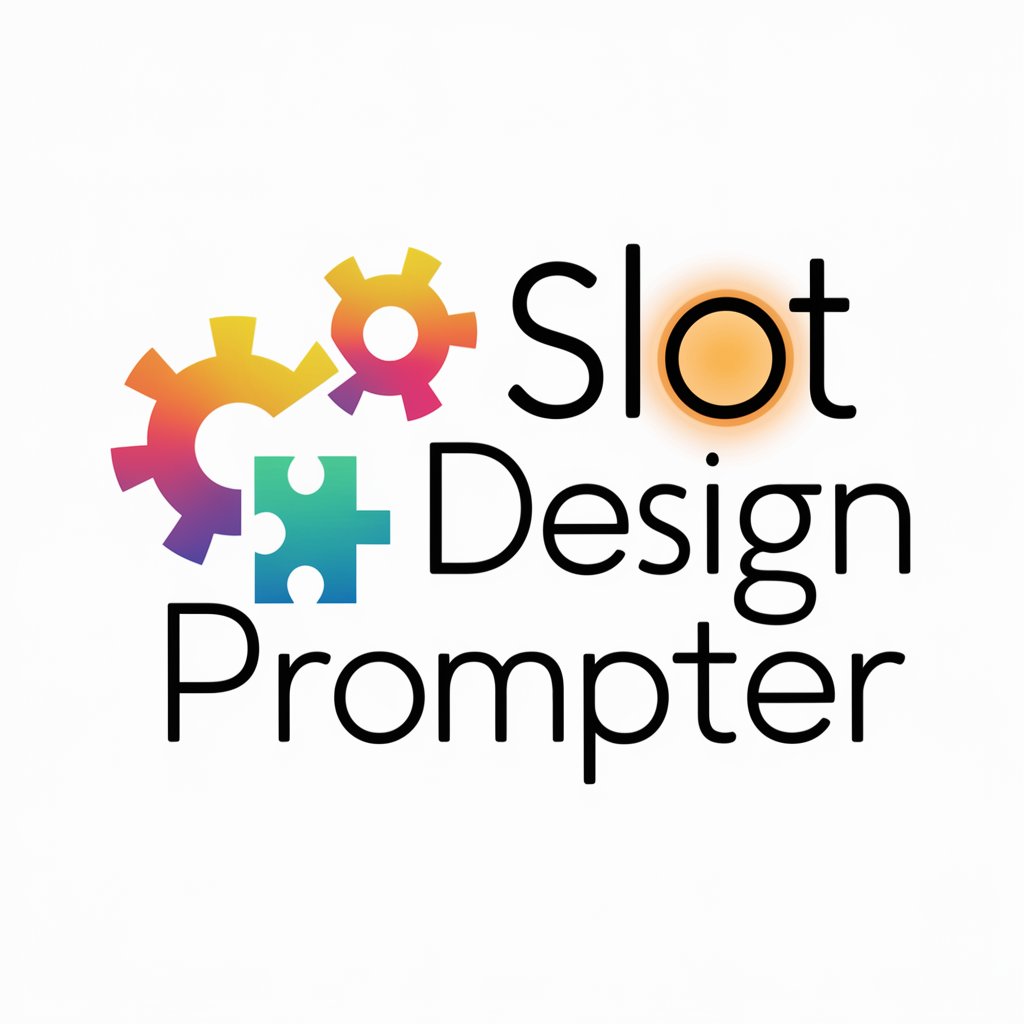
Vocab Mentor
Expand your vocabulary with AI!
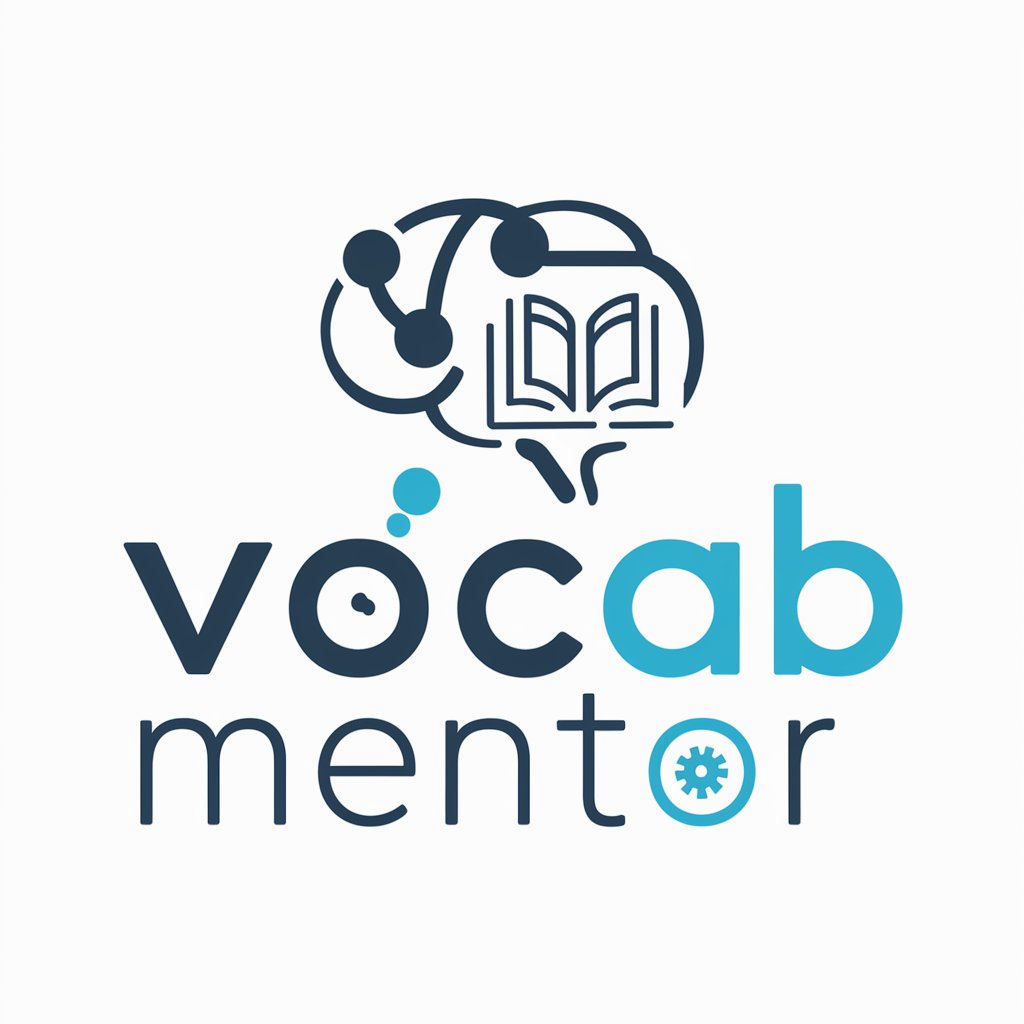
"Dear GPT" - Friendly Advisor
Empowering Decisions with AI

Insightful Advisor
Empowering Decisions with AI Insight

🔥 Schrijven voor het Brein | Website Roast 🔥
AI-powered website roast for persuasion

Sarcasmo Inteligente
Elevate your chats with AI-powered wit.

ComicTopVoice
Bringing news to life with AI-powered humor.

Fairy Tale Weaver
Crafting Magical Stories, Powered by AI
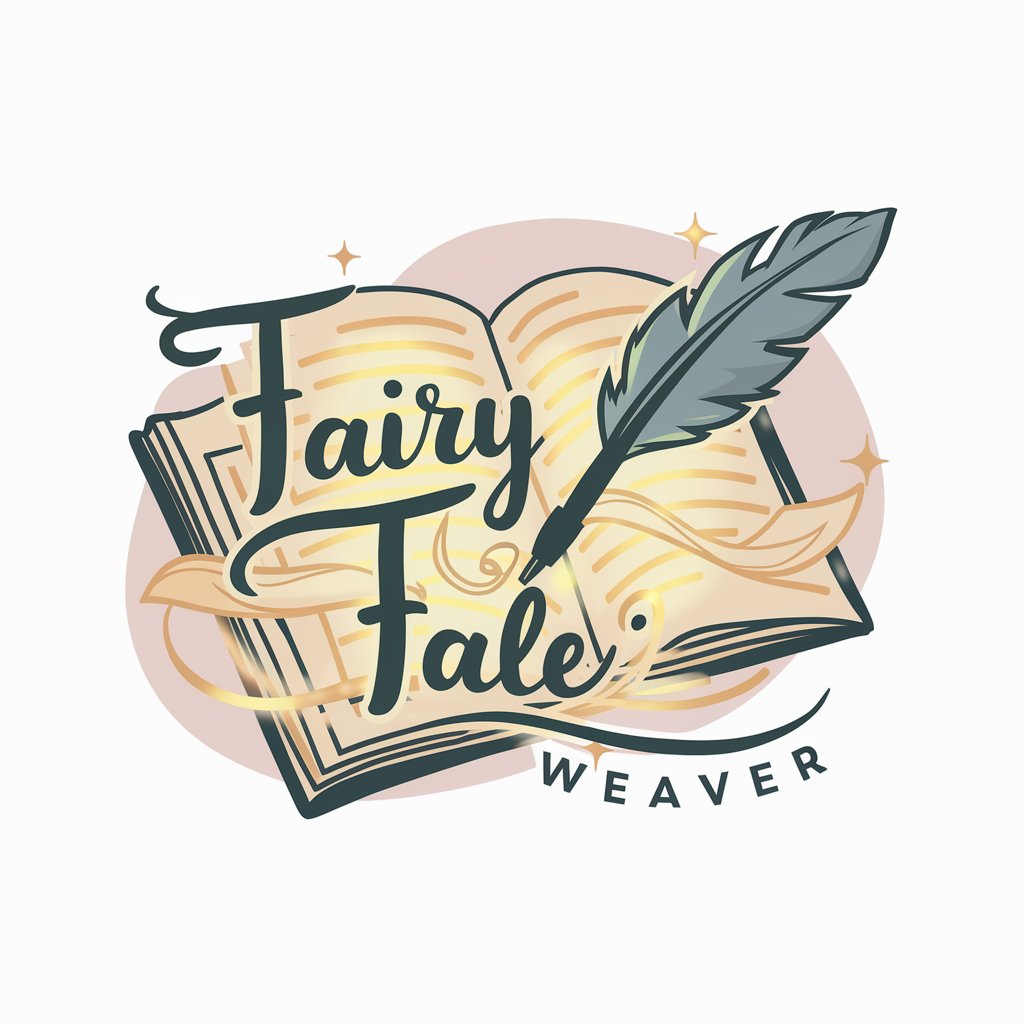
Elite Logo Maker
Craft Your Legacy with AI-Powered Design

Daily Discoveries
Unlock Knowledge with AI
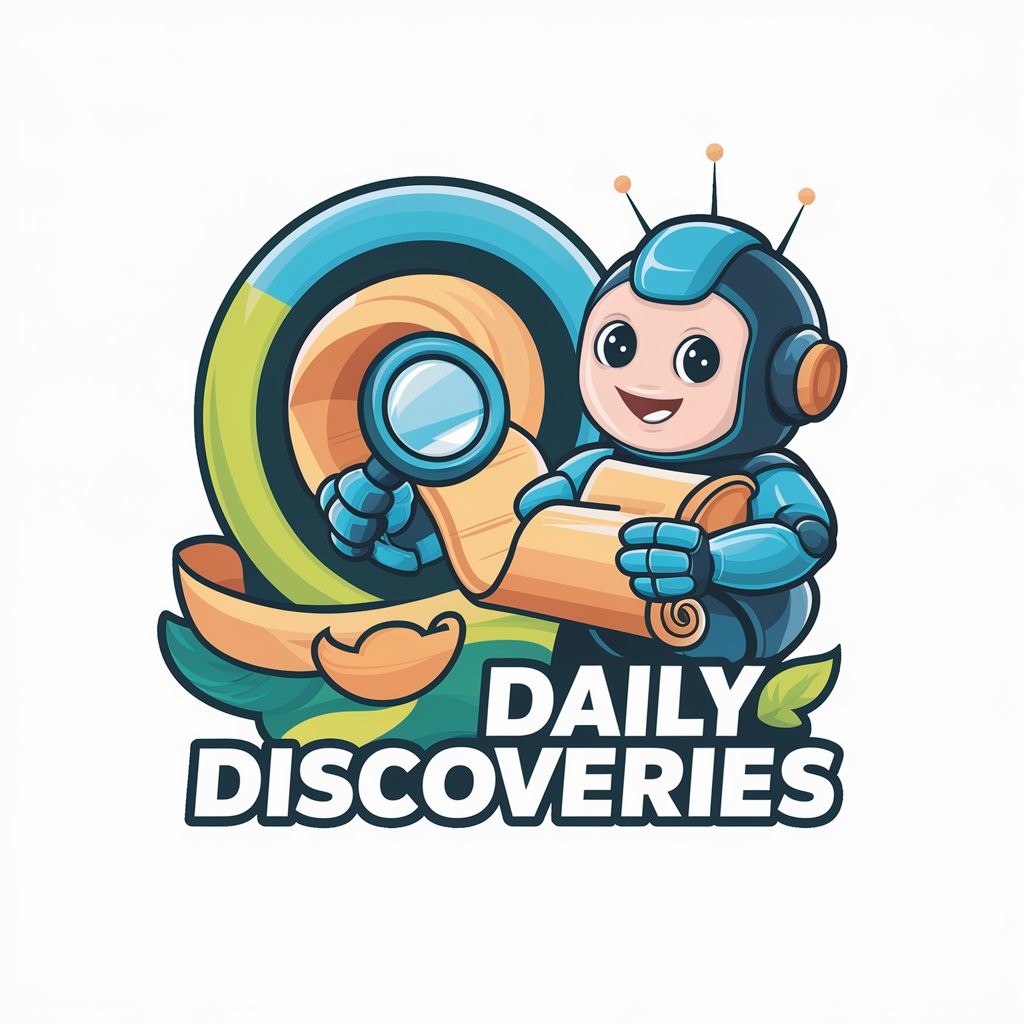
Nano-Biosensor Design Assistant Q&A
What types of biomolecules can the Nano-Biosensor Design Assistant help detect?
The assistant can aid in designing biosensors for a wide array of biomolecules, including proteins, DNA, RNA, and small molecules, by offering material and design suggestions.
Can the tool suggest the best materials for my biosensor?
Yes, the assistant provides recommendations on optimal materials based on the specific biomolecule you aim to detect and the environment in which the sensor will operate.
How does the assistant enhance the specificity of biosensors?
It suggests design modifications and materials that can improve the binding affinity to the target molecule, thereby enhancing specificity and reducing cross-reactivity.
Is it possible to get advice on data analysis for biosensor signals?
While the tool focuses on design and material selection, it can offer general advice on analytical techniques that might improve signal interpretation and data analysis.
How can I optimize my biosensor's sensitivity using this tool?
The assistant provides guidance on nano-structuring, surface functionalization, and other design aspects that can significantly enhance the sensor's sensitivity.
